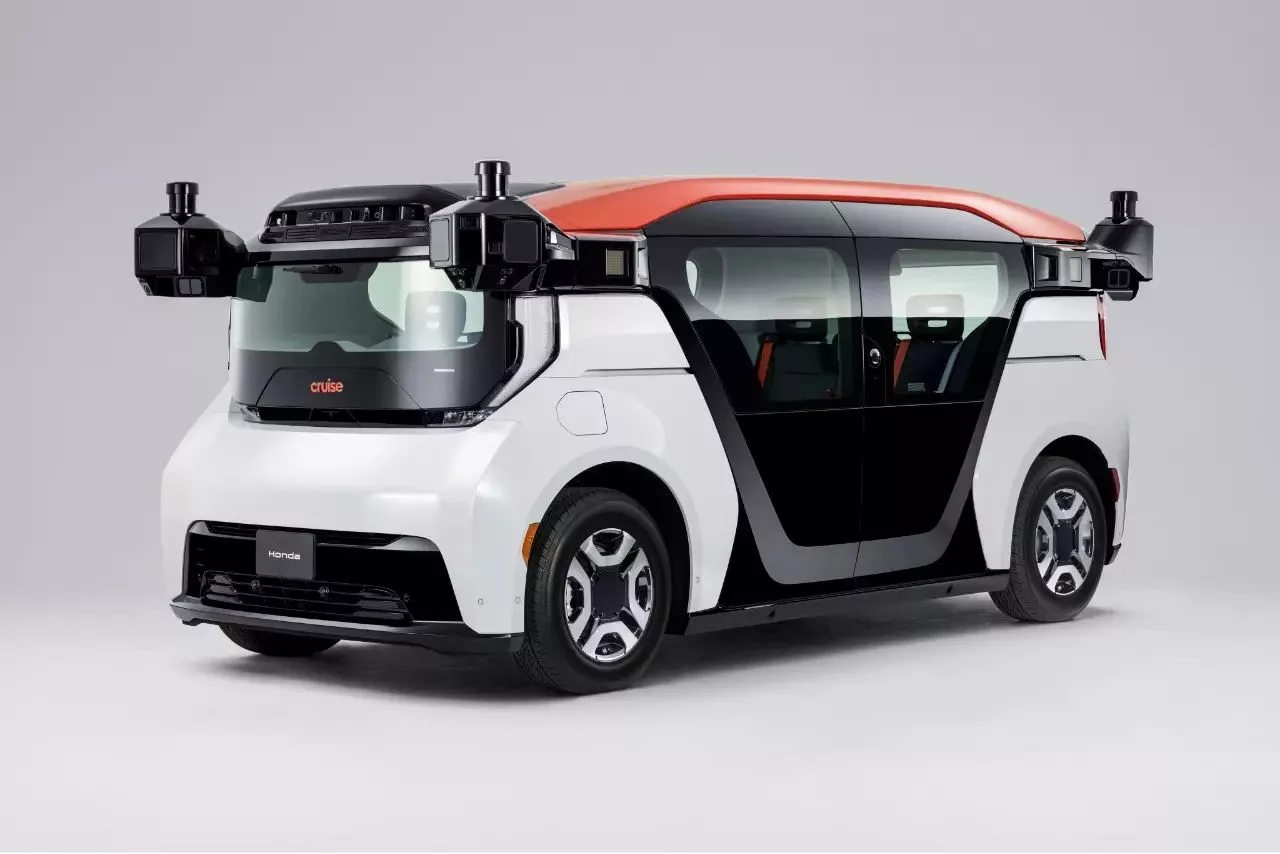Why The Ford Capri RS2600 Will Soon Be Worth A Fortune

Introduced in the 1969 Brussels Motor Show, the Ford Capri was the European variant of the Mustang and the car behind the pony car culture in Europe. Although Europe has witnessed the birth of numerous marvelous cars, very few have gathered the same attention as the Ford Capri did in the late 1960s. Marketed with the slogan “The car you always promised yourself,” the Capri promised muscle, looks, practicality, and great features at an affordable price.
While Ford’s main intention was to introduce a European variant of this pony car and earn profits, Ford’s serious aspirations with the Capri later led to the birth of the RS2600 and RS3100. If you’re acquainted with the racing culture, you’d probably have heard of the Ford Capri RS2600.
And in case you haven’t heard, it’s the very car with which Ford bagged accolades in various championships like the ETCC, Le Mans, and others. Fifty years later, what we see here is a crazy fan base of classic cars, and the RS2600 indeed fits well. The main question remains: what makes the Ford Capri RS2600 still relevant, and why will its price soon swoosh to a hefty amount? The answer to your question lies below.
Ford Capri Was The “European Mustang”
Capri’s planning began in the late 1960s after Ford Europe witnessed the massive popularity of the Mustang and wanted to introduce a smaller and more economical variant of the Mustang in Europe as Europeans preferred an economical car due to high gas prices and a smaller car for ease of use in daily life.
Ford borrowed the majority of the mechanicals and platform from the MK2 Cortina and Escort to save on development costs. Post-development, Ford marketed the new Capri with the slogan “The car you always promised yourself.” That turned out to be a great idea, ultimately impressing the public, just as Ford thought.
While the Capri was planned, engineered, and built entirely by Ford Europe, it was designed by Philip T. Clark, the very man who designed the Mustang. The curvaceous shape with a long bonnet and short rear end, sporty touches, and coupe styling with 2+2 accommodation lured customers looking for a sports car with decent practicality. Resultantly, Ford ended up selling 50,000 units just after it was launched and a staggering 400,000 units in the first year itself, let alone 1.9 million units from 1968 to 1986.
Ford Put A Lot Of Effort In Making The Capri RS2600 A Reality
Ford not only wanted the Capri RS2600 to run faster but also to compete in championships. Hence, they planned on homologating the Capri for Group 2 racing and bought the RS (Rally Sport) variants. However, they had to produce at least 1,000 such cars to be eligible for the competition.
But they needed a faster engine for the RS variants when the German Ford facility in Cologne under Neerpasch came to the rescue with a 2.6-liter V6, which provided a higher engine output of 147 hp and faster acceleration. Although the Capri RS2600 became more popular, Ford was hungry to compete in the ETCC and earn accolades. With the RS2600 being obese and underpowered, ETCC was far from a reality.
So they equipped the RS2600 with a reworked Cologne 2.6-liter V6 engine with light alloy cylinder heads, larger fuel injectors, and dry sump lubrication. All these gave the RS2600 315 hp (320 bhp) and the ability to hit 60 mph in 7.7 seconds.
The new RS2600 became more capable for the arriving ETCC and FIA Group 2 races with modified suspensions, a closed ratio gearbox, larger ventilated disc brakes, stronger aluminum wheels, and lighter body components. Additional use of fiberglass body parts and a lighter but slicker ZF five-speed gearbox also reduced its overall curb weight to 1984 lbs (900 kg).
Ford Capri RS2600 Has A Glorious Past
With the RS2600’s development finally done, the RS2600 was ready to rev higher in championships. To everyone’s surprise, success hit the Ford RS2600, and it ended up winning the ETCC not once but twice!
The Capri RS2600 bagged two ETCC wins, with Dieter Glemser winning in 1971 and Jochen Mass winning in 1972, with four other racers, namely Glemser, Gerrard Larrousse, Alex Soler-Roig, and Gerry Birrell, staying in a dominant position with the RS2600. Glemser also ended up winning the 24 Hours Spa and the Guia Race at the Macau Grand Prix in 1971 alone.
In 1971, the RS2600s also outperformed the BMW 2800CS, winning six of eight races. Later success at the Salzburgring Trophy, Brno 2 hours, Nurburgring 6 hours, and Jarama 4 hours also helped Ford earn its status. Later in 1974, the RS2600 was replaced by the RS3100, which enabled Ford to carry out its racing endeavors.
Ford Capri RS2600 Prices Will Soon Appreciate
By now, you must have understood how marvelous the RS2600 was. Car enthusiasts will soon find themselves waiting in long lines and willing to spend a bonkers amount on this, because who doesn’t want to preserve a piece of history or create a restomod out of this beauty?
The RS2600 has everything an enthusiast looks for. From being glamorous inside and out to having power and a rich history, the RS2600 is a piece of history waiting to be preserved in museums. Besides, the RS2600 offers a pure driving experience with its naturally aspirated V6 unit, our all-time favorite manual transmission, and timeless cabin.
Although the pricing of the Ford Capri RS2600 is unknown, the price of a well-preserved specimen will soon rise. According to Silverstone Auctions, a 1970 Capri RS2600 street version presently costs £32,750 ($40,020), while a 1972 Capri RS2600 Weslake can set you back a shocking £185,000 ($2,26,144). Shocking, huh?!
Sources: Gipimotor, SnapLap, Hagerty UK







